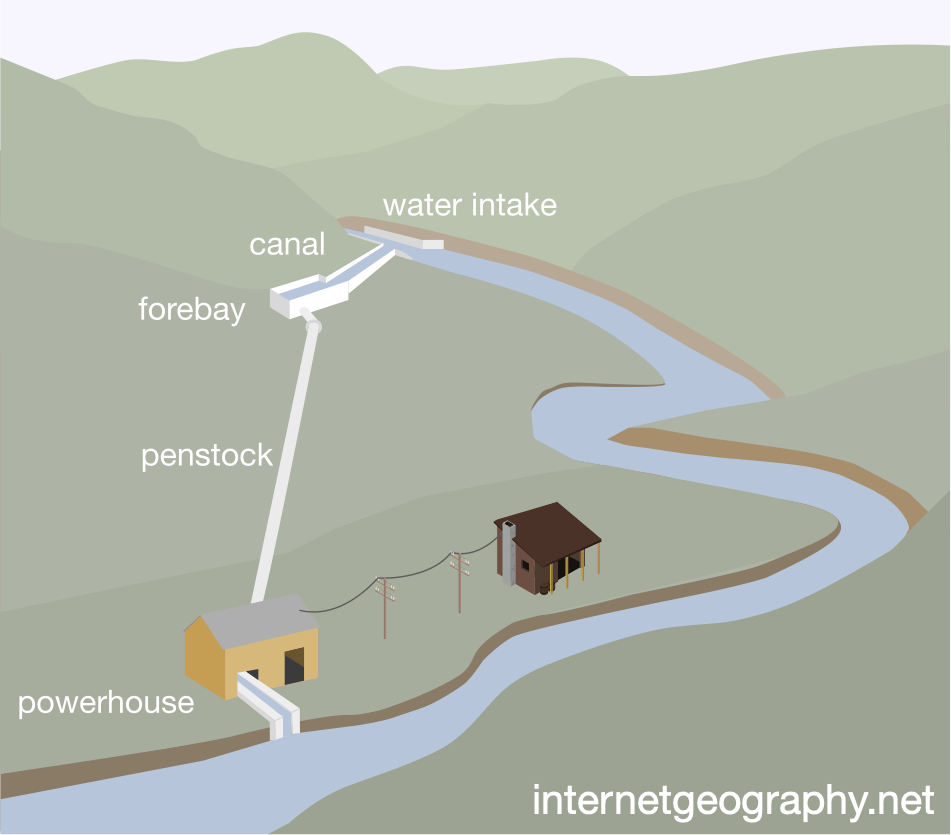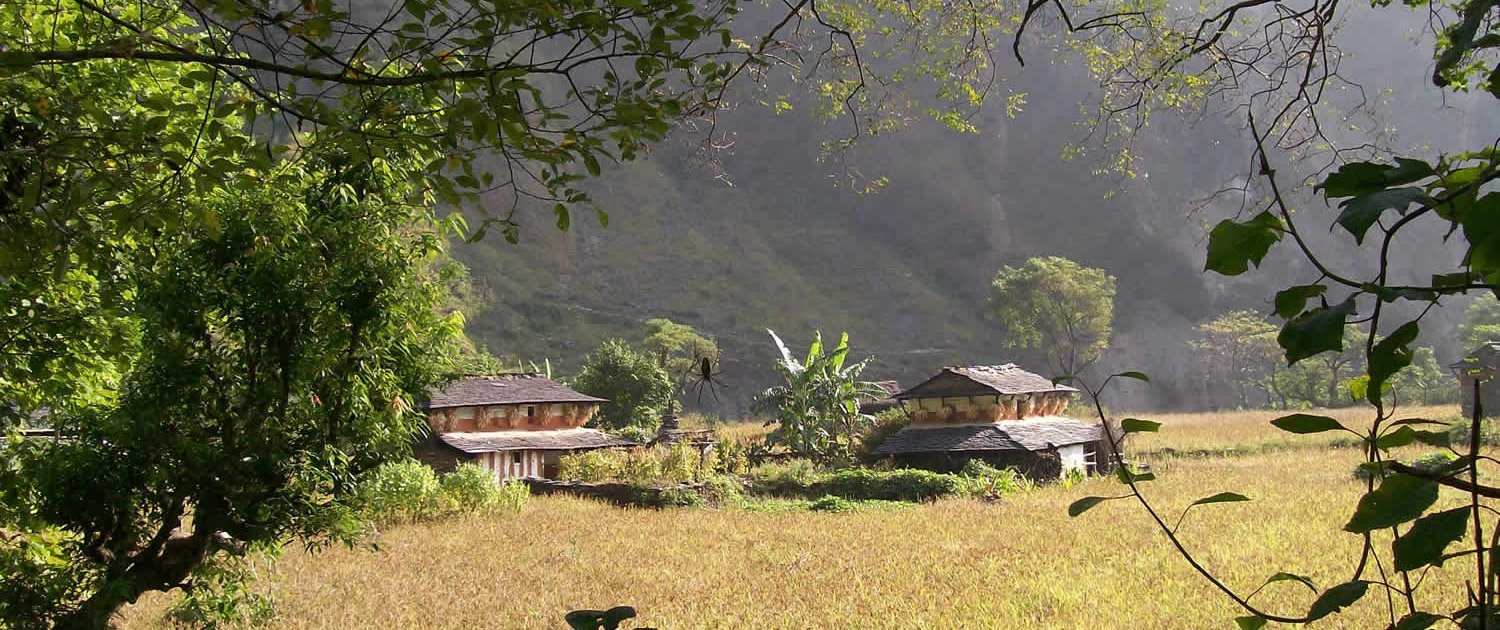Darbang Nepal – a local sustainable energy scheme
Darbang is a small community in the Himalayan Mountains in Nepal, located between Kathmandu and the Tibetan border. The area has been traditionally occupied by subsistence farmers, with some rearing of livestock. A micro-hydro scheme has been constructed with the support of the World Bank and came into operation in 2009.

The main characteristics of a micro-hydro scheme
Why was a local, sustainable energy scheme introduced in Darbang?
The micro-hydro scheme was introduced in the Darbang because:
- economic growth is restricted in this remote settlement in the foothills of the Himalayas
- there is a lack of electricity in the area
- roads are impassable during the monsoon season
- there is a low population density
- it was uneconomic to construct an electricity grid
What are the main features of the scheme?
The main features of the scheme include:
- it was government-funded
- a low-cost energy solution at US$51,000
- the project was supported by the World Bank
- it would solve the energy deficit in the region
What are the benefits of the scheme?
The benefits of the scheme include:
- the low maintenance and running costs
- 700 households have a reliable energy supply
- small environmental impact
- local materials and labour were used
- reduced the risk of flooding in the area
- deforestation for fuel has reduced
- the project is community-owned
- since becoming operational in 2009 there has been an influx of industry including furniture workshops, noodle factory and cement block manufacturer
Related Topics
Use the images below to explore related GeoTopics.



